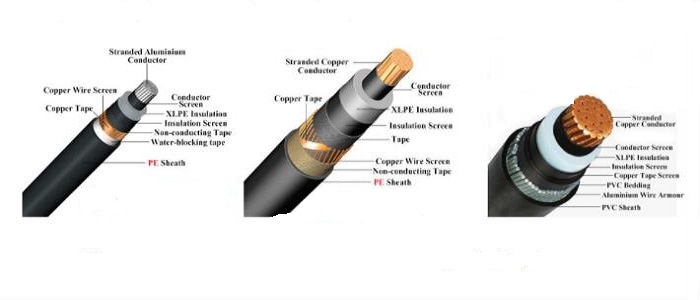
Cable withstand voltage testing is a method of finding faults in the presence of cables. It is easy to be affected by various factors during the test process, resulting in failures, short circuits and other problems. The following introduces several main methods of cable withstand voltage test.
Ultra-low Frequency Withstand Voltage Test
The ultra-low frequency (0.1Hz) withstand voltage test method first appeared in 1980, and it is mainly a non-destructive test method for observation. Whether there is insulation defect in the operation of the cable, this method has been verified by a large number of laboratory tests and field tests. The low-frequency withstand voltage test has a good application effect in the withstand voltage test of low-voltage power cables. Converts amplitude waves such as AC voltage into beam waves with 0.1Hz variation.
The advantages of the ultra-low frequency withstand voltage test are: 1. No damage; 2. High precision; 3. Small size and easy to carry.

However, the output voltage level of this method is low, and it is mainly used for the withstand voltage test of medium and low voltage cables.
Modulation Power Frequency Series Resonance Test
This method mainly uses the inductive reactance and reactance of the reactor to generate resonance under the 50Hz power frequency environment, and the measured cable capacitance generates high voltage in the process.
If there is a problem, it will result in an abnormal loop, which is equivalent to a short circuit in the cable. There is also a uniform drop in high pressure. In addition, since the reactor can limit the short-circuit current, it does not affect the protection device, so there is no need to install a resistive protection device. The disadvantage of this test method is that the operation is complicated, the system quality factor is not high, the degree of automation is low, and the noise is large, which limits its application in practice.
The Principle of Frequency Conversion Series Resonance Test
The frequency conversion series resonance test is similar to the above-mentioned modulation power frequency series resonance test principle. The difference is that the frequency conversion series resonance test realizes the resonance of the test circuit by adjusting the output voltage frequency in the frequency conversion power supply.
In addition, the working frequency of the variable frequency series resonance test is only 30-300Hz, which can improve the problems of low frequency and low loss of the ultra-low frequency withstand voltage test, which do not conform to the standard. Therefore, the results obtained by the frequency conversion series resonance withstand voltage test are accurate, comprehensive and reliable.
Hope this was helpful for you. Any question about cable products, welcome to contact us directly.

